
Breaking Records at Bonneville in replica and low-dollar vehicles
Text and photos by Harold Pace
You’ve seen those iconic photos in car magazines all your life. You know, the ones of a hot rod or muscle car poised on an endless sea of white salt, ready to be launched toward the curved horizon for a rendezvous with the record books. Or maybe you were glued to the screen all the way through The World’s Fastest Indian.
What you may not know is that you don’t have to have a 200mph ride or a boundless budget to get in on the fun of racing at Bonneville. You can even set records by topping out at less than 70 mph. To check it out, a member of our intrepid team took a homebuilt racer for its first run down the salt.
The first thing you need to know is that there are two clubs that put on events at the Bonneville Salt Flats each year. The better known is the Southern California Timing Association (SCTA), which puts on Speed Week in August and World Finals in October. Sandwiched between them is World of Speed, held by the Utah Salt Flats Racing Association (USFRA) in September.
SCTA’s events are organized to allow competitors to set records in a wide variety of classes on either a three- or five-mile course. All cars and motorcycles that run under 175 mph use the three-mile “short” course, while the faster rides rocket down the full five miles. Speeds can range from under 100 mph in small-displacement production car classes, to over 400 mph for the big streamliners.
Vehicles must exceed the current record on one run, then sit in impound overnight before attempting to “back up” their first run the following morning. The average of the two runs must exceed the current record. SCTA events require extensive safety equipment designed to protect the driver in 200 mph+ accidents. These are usually invasive enough to prevent the car from being driven on the street as well.
But the USFRA rules are different. They recognize the same “record” classes and regulations as SCTA, and records set at World of Speed are accepted by SCTA. However, USFRA also has a number of beginner-level classes that are not run by SCTA, and these are where you can try your hand in many street cars without having to have a full roll cage, HANS device, fire system and hundreds of other safety items.
There are many types of cars that run at Bonneville, including classes for super-aerodynamic streamliners, hot rods, motorcycles and production-based cars and trucks. Classes are broken down further by engine size, fuel type (gas or methanol/nitro/nitrous) and induction (supercharged or naturally aspirated). To this extensive list USFRA adds special classes for bar stools (!) and old-school VWs with antiquated 36-hp engines.
USFRA also puts on the “130 MPH Club”, which requires prospective members to make two one-mile runs during the event at between 130 and 139.9 mph. You can run a street machine with normal street safety equipment. Coupes don’t even have to have a roll bar, but open cars need a basic 4-point bar.
Going 130 mph doesn’t sound too tough for most modern street cars, but getting the power to the ground on salt (like racing on a hard-packed gravel road) requires finesse. USFRA also has a “150 MPH Club” for faster cars. Although it requires more safety equipment than the 130 Club, it’s still more affordable than the record classes.
The VW 36-HP Challenge is a very popular concept, and this year there were dozens of them in a variety of body configurations, including Beetles, a few Karmann Ghias, Vans and even a Type 3. Condition ranged from ratty to resto, and everyone seemed to be having a ball. There are four engine classes within the Challenge, all starting with the 36-HP engine (recognizable by the generator stand being in unit with the case). Other VWs, including dune buggies, compete in record or Club classes.
Indeed, because back in September of 2008, a FactoryFive Racing Type 65 Coupe set a SCTA land-speed record at Bonneville, clocking 216.9 mph. The highly modified FFR Coupe was built by Farra Snook’s SoFast Racing Team and competed in Class C, Blown Fuel Modified Sports, with an estimated 814hp hp 347 ci Ford small-block engine, running 12 pounds boost ProCharger blower.
Factory Five Racing sponsored the crew at Sofast by supplying the frame, body and other major components. The only aero changes for running on the salt included covering side exhausts, and creating a tunnel underneath so it sucks the body to the ground, but otherwise no body panels were changed, and the car can be driven on the street. Driver was Korey Bligh and it ran in the Blown Fuel Modified Sports class.
Before that record run, in 1965, an original Daytona Coupe set the Class G world record, running 186 mph. So the FFR coupe is the fastest Daytona Coupe to ever run at Bonneville, replica or original. (Note, however, that the original Shelby ran in a different class, and for FIA World Records the car has to run both directions.)

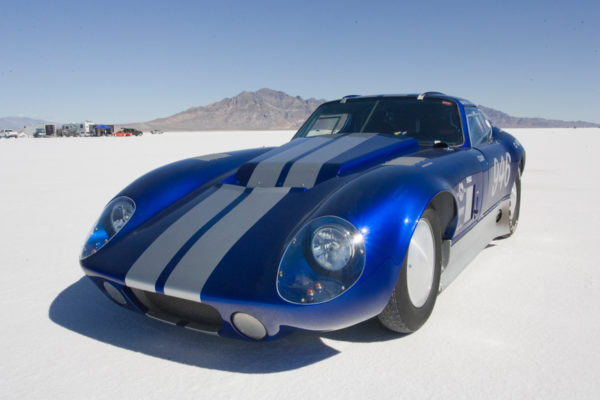
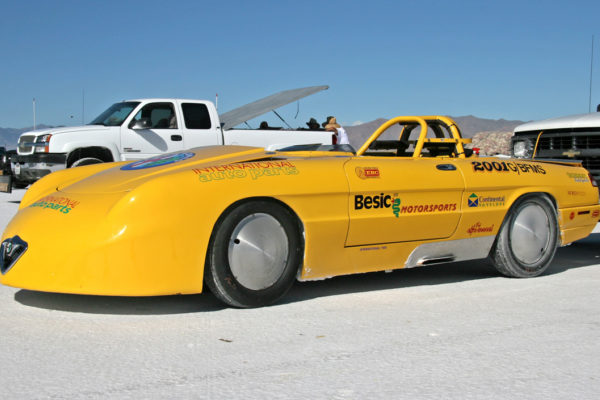
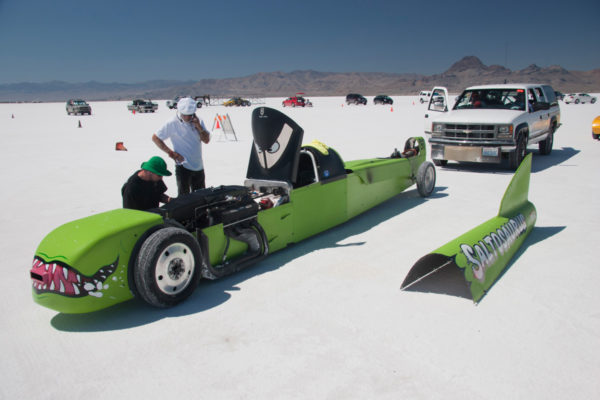
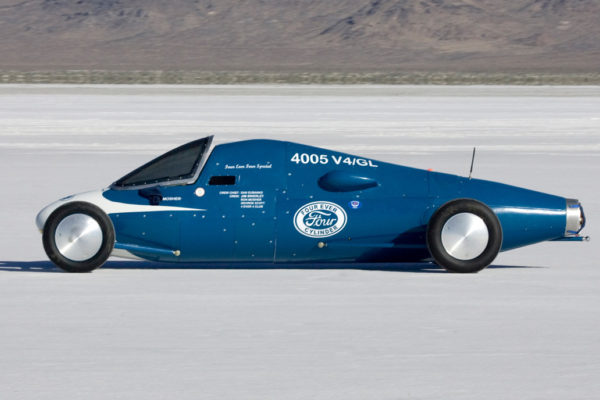
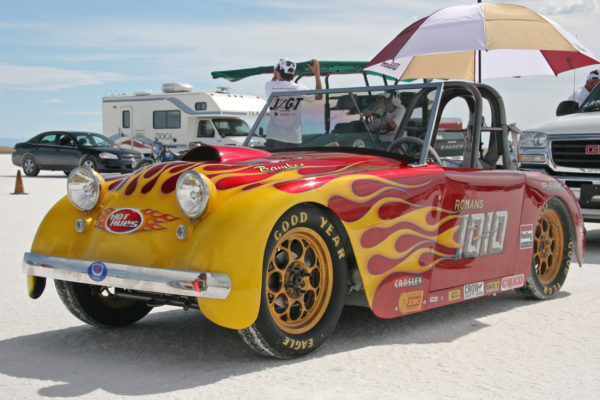
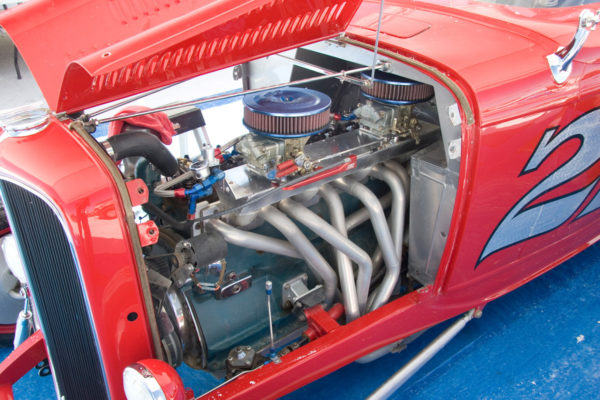
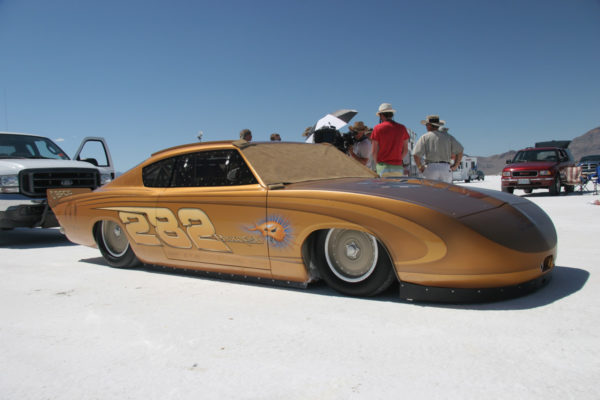
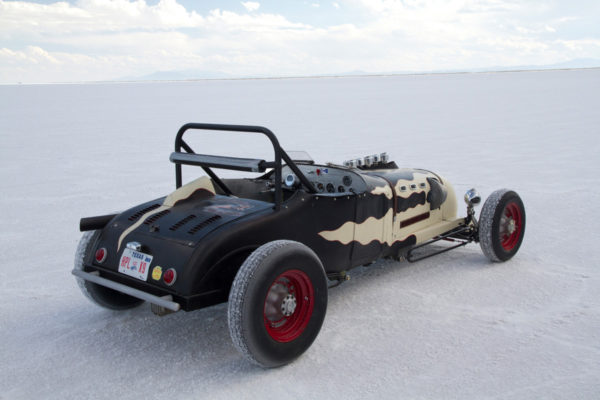
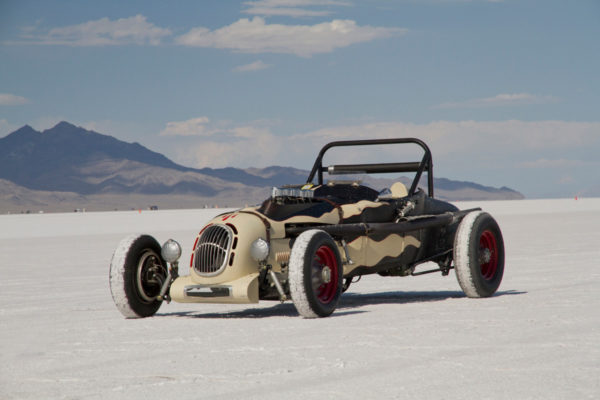
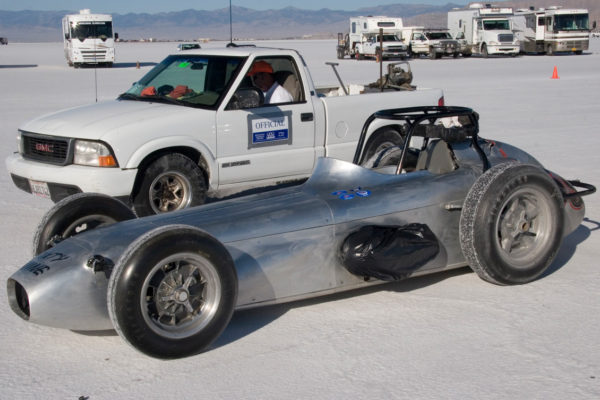
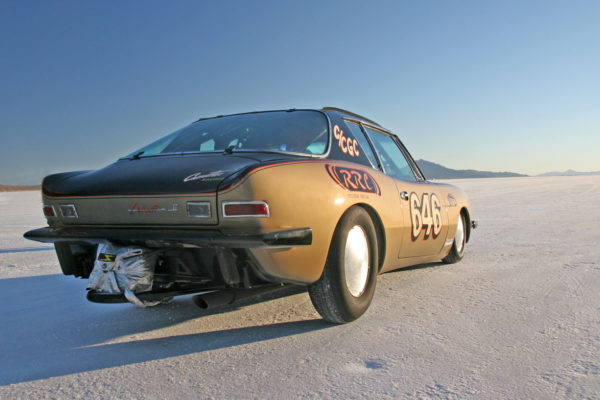
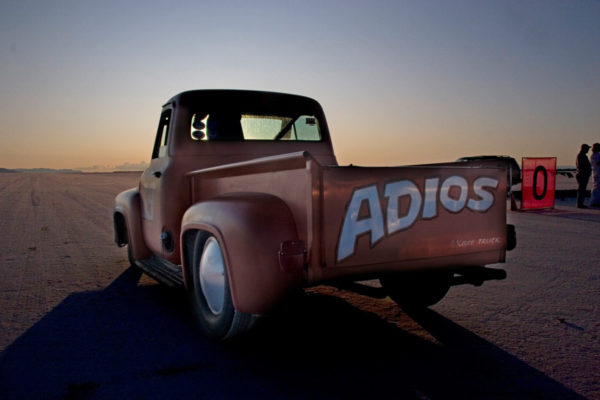
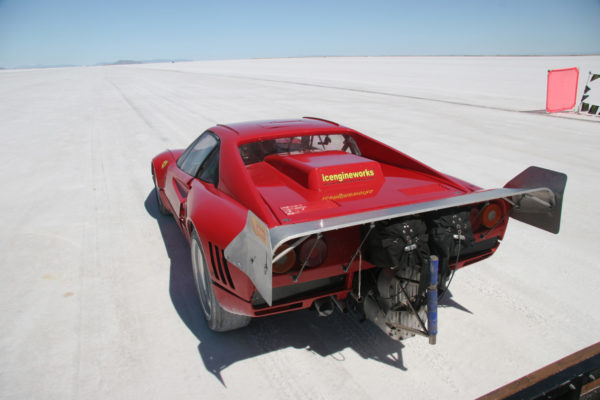
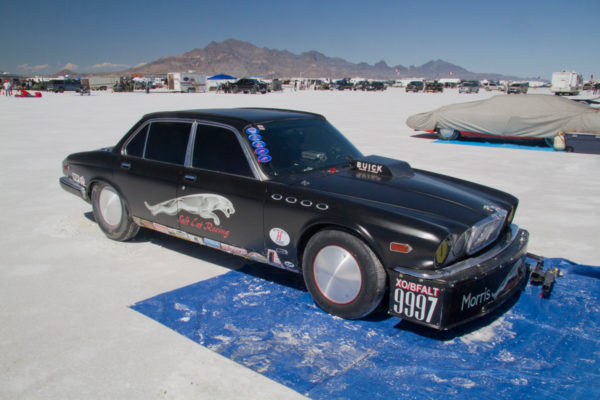
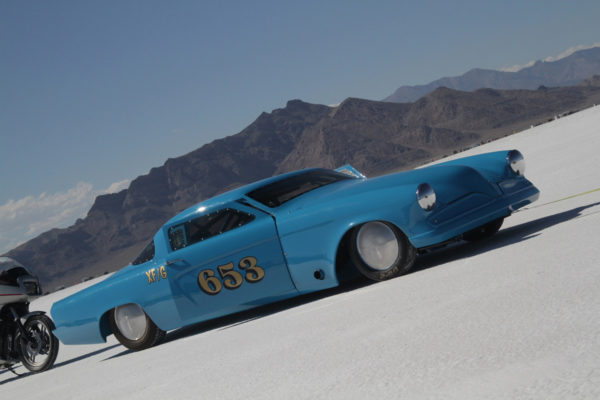
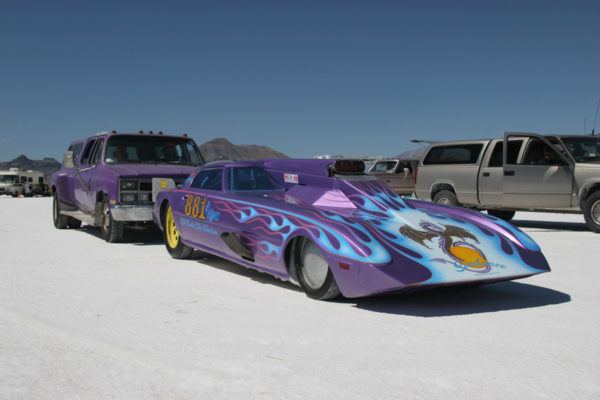
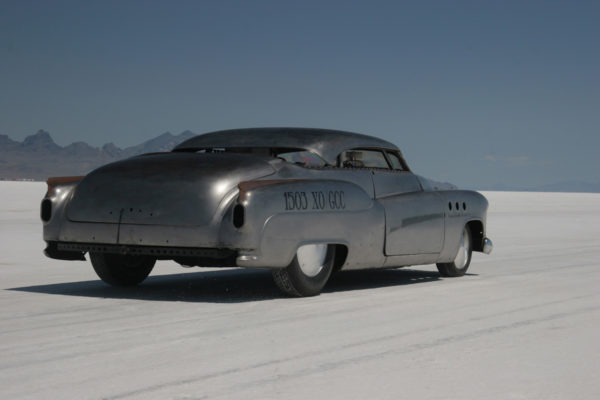
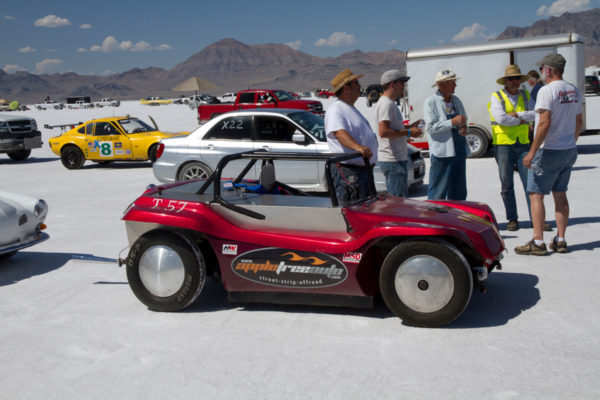
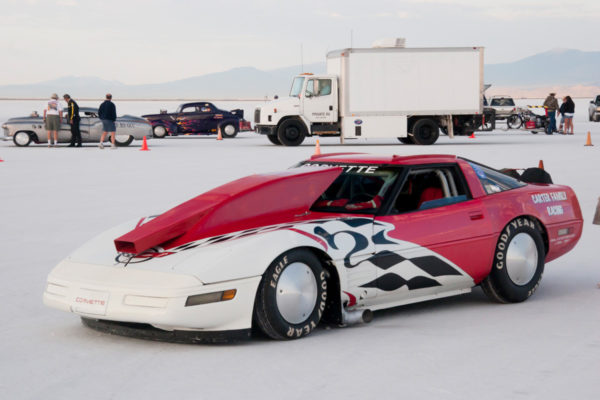
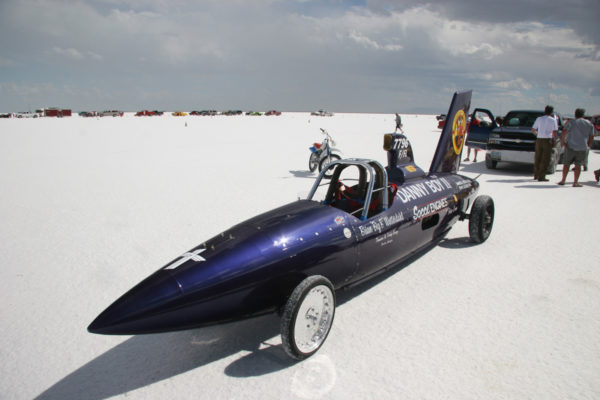
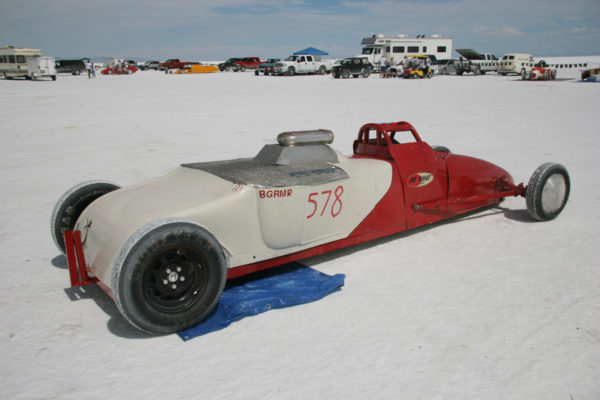
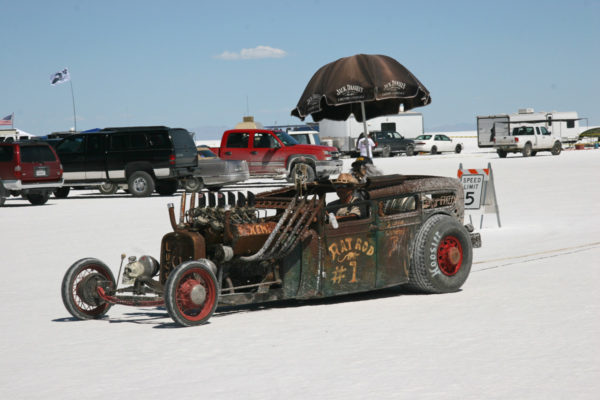
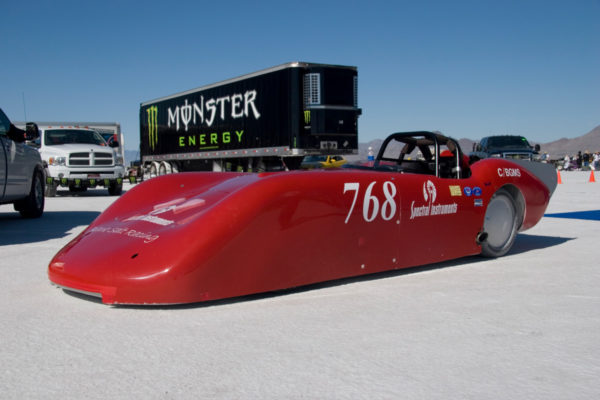
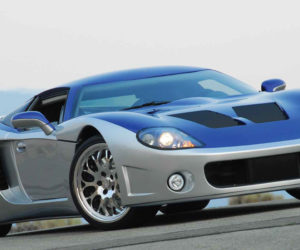
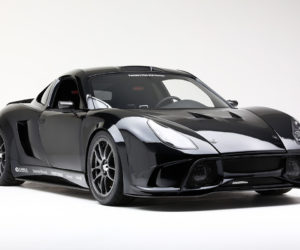
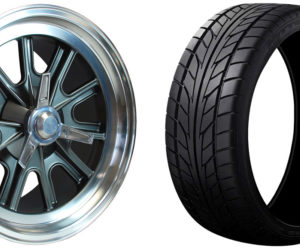
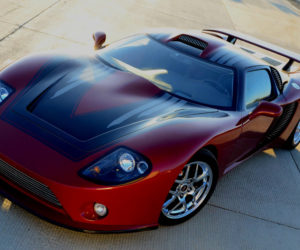
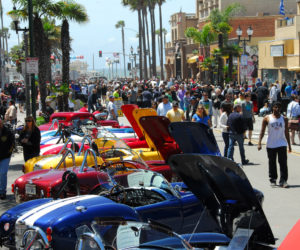
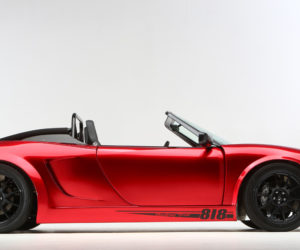




Comments for: SALT SHAKERS
comments powered by Disqus